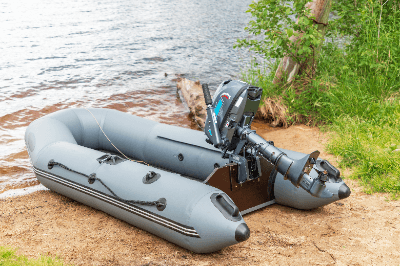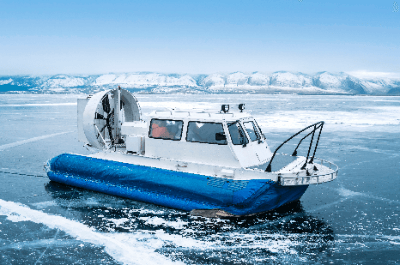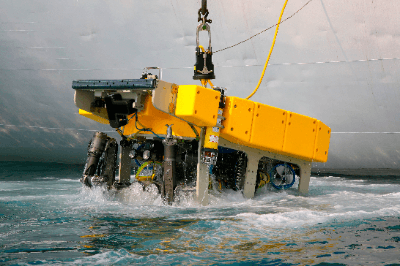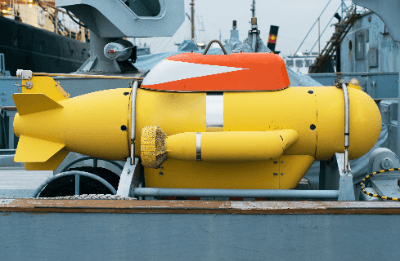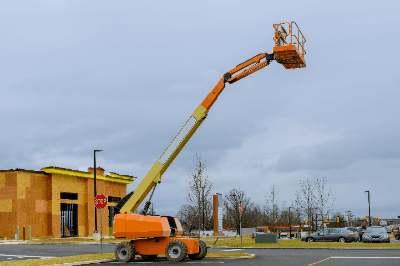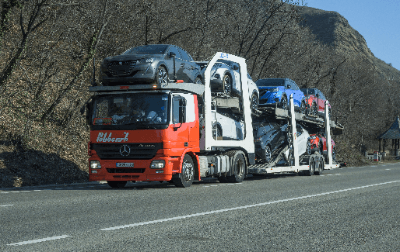What Is a Bus?

A bus is a large vehicle capable of carrying a significant number of passengers simultaneously.
As a type of automobile, buses are primarily used for public transportation. They come in various types, ranging from those traversing city streets to those traveling between distant cities.
The person who drives a bus is called a bus driver, and to become one, one needs a regular driver’s license and a large-sized vehicle second-class license. Regarding bus usage, various types, such as city buses and long-distance buses traveling between cities, set fares.
On the other hand, school buses operated by schools or cram schools and shuttle buses from universities often do not set fares.
Uses of Buses
Buses are primarily used as a means of transportation for people. They serve various purposes, including commuting, going to school, shopping, and tourism.
Buses are also known as environmentally friendly vehicles because, compared to cars and motorcycles, they can accommodate a large number of people at once, reducing issues like traffic congestion and air pollution. While there are many classifications of buses based on their usage, the following are some representative types.
1. City Bus
City buses run within a city and are widely used by the public. They typically have short intervals between services, allowing passengers to board and alight at bus stops along the route.
2. Long-Distance Bus
Long-distance buses travel on expressways, providing convenient transportation between cities. They often have longer intervals between services, and seat reservations are commonly required. Large buses are typically used for this purpose.
3. Sightseeing Bus
Sightseeing buses are designed for touring specific tourist destinations, primarily used by sightseers. The routes are tailored to tourist attractions, and they may come with a guide. They are frequently used for school trips and events requiring the movement of a large number of people.
4. School Bus
Used for transporting students to and from schools, school buses often have dedicated bus stops. The size of the bus varies based on the number of students and the frequency of bus services.
Principles of Buses
Typically, buses burn fuels such as gasoline or diesel to generate energy, turn the engine using that energy, rotate the tires through the transmission, and propel the bus forward. However, in recent times, electric buses powered by stored electricity in batteries have become more prevalent.
Electric buses use stored electricity in batteries to turn the motor and move the tires. Since they do not use fuel, electric buses are environmentally friendly and quiet. Additionally, the driver can steer the bus to the left or right by manipulating the steering wheel.
Types of Buses
Buses are classified based on their size, and each type is explained below.
1. Large Bus
Large buses generally refer to buses with a seating capacity of 50 or more passengers. They are commonly used for school trips, tourism, events, and company training sessions, involving a large number of people or long distances.
2. Medium Bus
Medium buses generally refer to buses with a seating capacity of 30 to 40 passengers. Often used as chartered buses for small group tours, they are recommended for those who want to travel comfortably with fewer passengers.
3. Small Bus
Small buses generally refer to buses with a seating capacity of 15 to 20 passengers. Often used for small group tours or family events like weddings and funerals.
Other Information on Buses
Facilities on Buses
The facilities on buses vary depending on their purpose and performance. For instance, long-distance buses traveling on expressways may have spacious seats with reclining functions, toilets, and televisions.
Tourist buses designed for regular sightseeing tours may have a guide on board and large windows for better viewing. On the other hand, microbuses for transfers often have a small body for easy maneuvering and multiple doors for easy boarding and alighting.
Additionally, city buses often have a stop button. When pressed as the bus approaches the desired bus stop, a lamp indicating “Stop” lights up to notify the driver. This button is a system that has developed uniquely in Japan. City buses usually have a fare box for passengers to pay the fare directly to the driver, as well as a card reader for IC cards.
Furthermore, buses display destination signs and route numbers on the front and rear upper parts for easy identification by passengers.

